
When we were in Turkey, we visited the breeding center for the Northern Bald Ibis in Birecik, on the banks of the Euphrates. The Northern Bald Ibis was once widespread across the Middle East, northern Africa, southern and central Europe, with a fossil record dating back at least 1.8 million years. It disappeared from Europe over 300 years ago, and is now considered critically endangered. Since the beginning of the 20th century, however, the species has been known from two separate populations: a western population in Morocco and an eastern population in Turkey and Syria. Religious traditions helped the northern bald Ibis to survive in this Turkish colony long after the species had disappeared from Europe, since it was believed that the ibis migrated each year to guide Hajj pilgrims to Mecca. The Ibis was protected by its religious significance, and a festival was held annually to celebrate its return north. I wanted to write a post on this subject to bring attention to the work being done in Birecik to restore the Northern Bald Ibis to the wild.



Unfortunately, the day we visited, the endangered bird reserve was closed as they were trying to wrangle the birds back into their protective enclosure. I did manage to get some photos of the birds flying overhead and the environs of Birecik. The object of so much concern and attention is a remarkably ugly bird with a proud past. Goose-sized, the bald ibis is shiny black, with a barely visible rusty patch on. the wings. It has a long, red, down-curved bill, gawky legs and an embarrassing pink and gray bald head. On the back of the head and hanging down the neck is the crest of long narrow black feathers that earns the bird its alternative name of crested ibis. Unlike other ibises, which nest in trees and feed in wetlands, the northern bald ibis breeds on undisturbed cliff ledges, and forages for food in irregularly cultivated, grazed dry areas such as semi-arid steppes, and fallow fields.
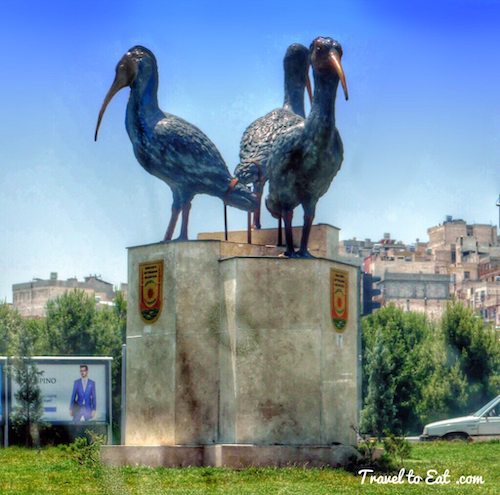
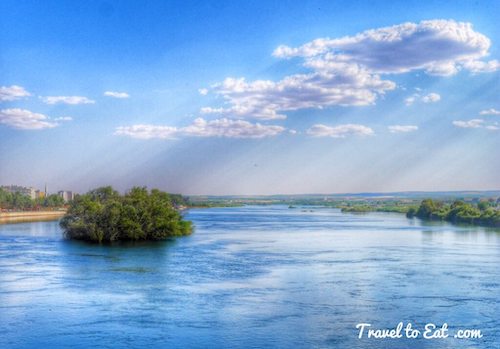
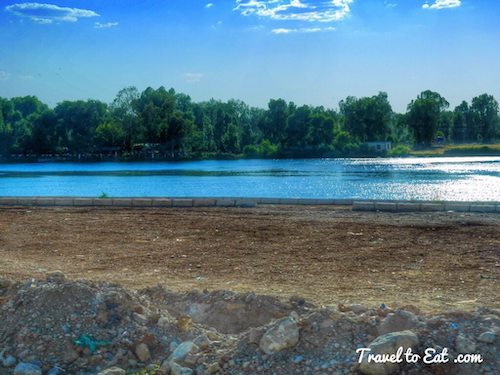
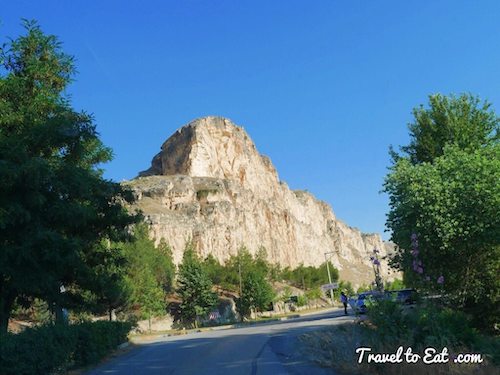
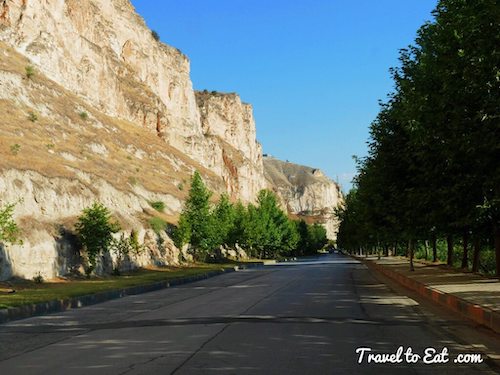
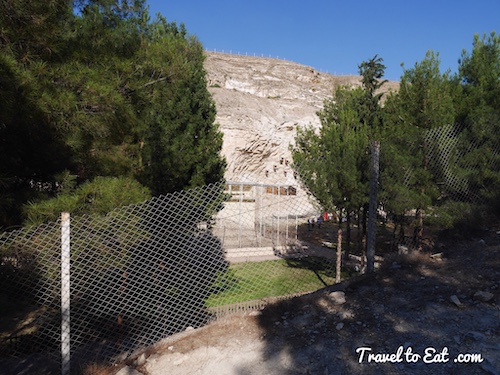
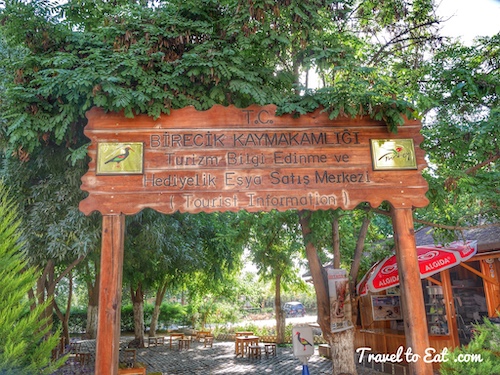
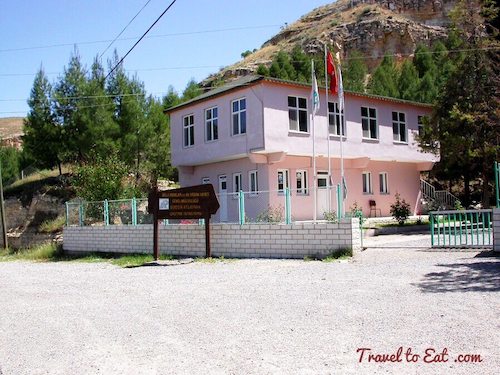

In 1972, there were only 26 breeding pairs, and the total population of the colony had declined to some 60 birds. It was at this point that Turkey’s well-known bird painter Salih Acar, his conservationist wife Belkis, and Udo Hirsch, a young German ethnologist and wildlife photographer, learned how close these rare birds were to extinction, and moved to protect them. “Generations ago,” Udo pointed out, “the bald ibis built good deep nests—we know that because its eggs are very round, not oval, and roll easily. Today, the ibis nests in Birecik are nests only by courtesy—they’re flat bunches of twigs, plastic-bag scraps and grass, and one good kick by a startled adult bird can easily throw an egg out of the nest and right off the ledge. The same is true of nestlings: as they squabble for food the smallest are often bullied out of the nest and fall 40 feet. In the 1980s, the Turkish National Park Service decided to stop the decline of the Ibis by taking all surviving birds into semi-captivity. Two large aviaries were built to house these birds in winter. Each year, they are caught in July/August and kept in this center until March, when they are released to breed in the natural habitat that surrounds them. In the new habitat, they have built nesting sites on the wall, tipped inward to prevent egg and chick loss. At present they have well over 100 breeding pairs.
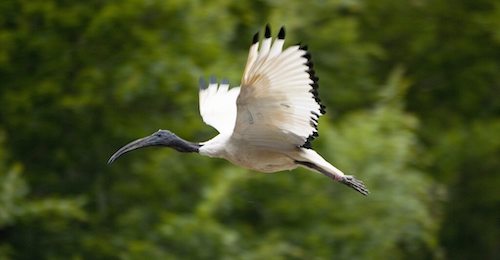
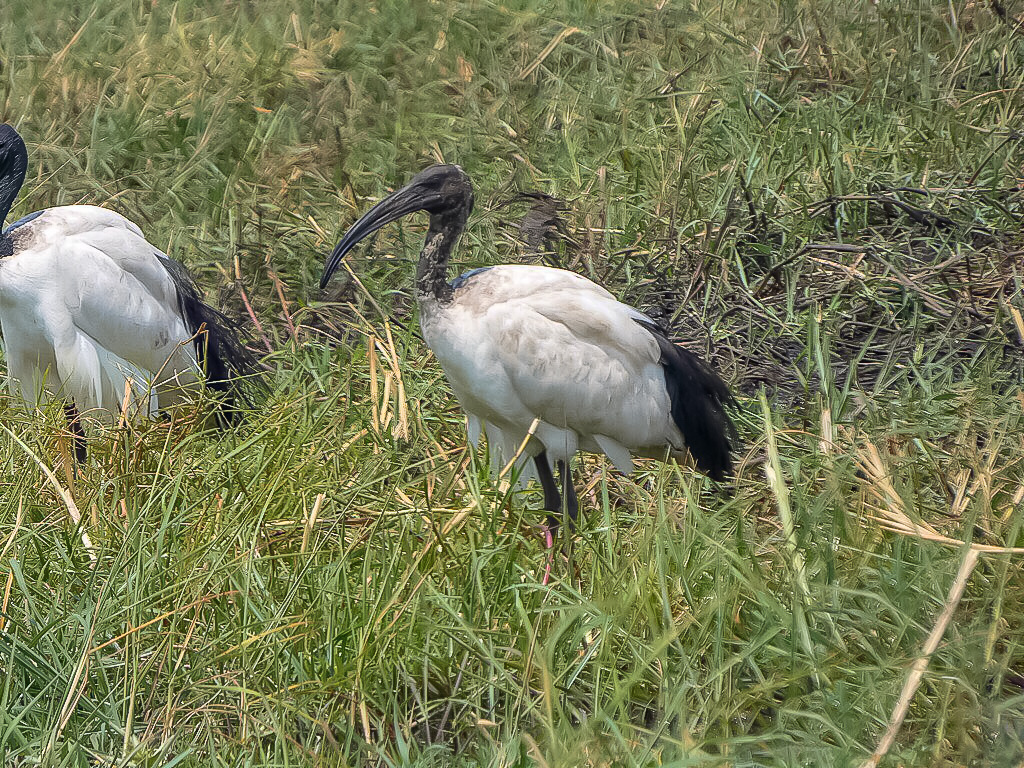
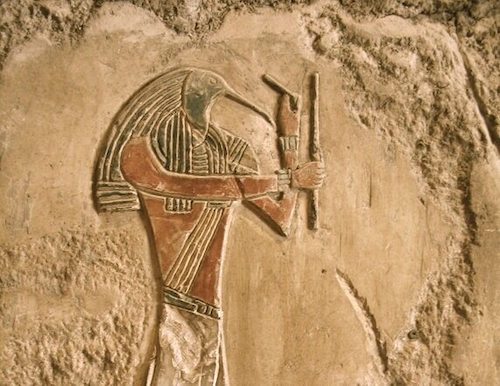


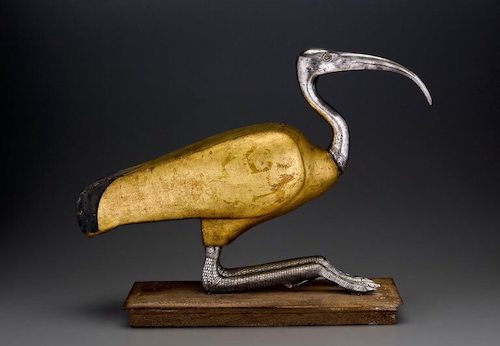
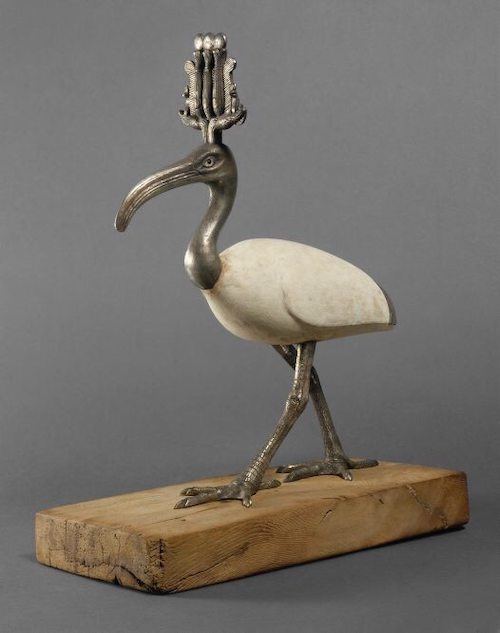
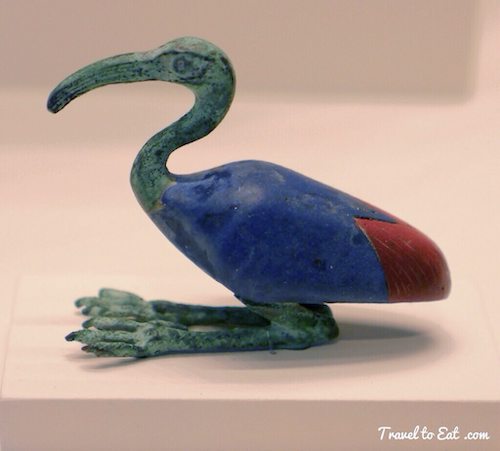
The ibis has a special place in ancient Egyptian history, as it was once associated with Thoth, an ancient Egyptian god and patron of writing, wisdom and magic, who was depicted as having the body of a man and the head of an ibis. In ancient Egypt, millions of ibises were mummified and placed in tombs as offerings to the gods, and their sacredness was often recorded in ancient hieroglyphs. The species of ibis that was most valued to the ancient Egyptians was the African Sacred Ibis, which, despite being extinct in modern Egypt, still lives in abundance in sub-Saharan Africa. The Northern Bald Ibis was also a common sight in ancient Egypt and hopefully both the white African Sacred Ibis and the Northern Bald Ibis will be common in Egypt again.
References:
Saving the Ibis: http://news.mongabay.com/2013/1202-leonardo-northern-ibis.html
Birecik Breeding Center: http://www.iagnbi.org/en/turkey
The Ibis of Birecik: https://www.saudiaramcoworld.com/issue/197401/the.ibis.of.birecik.htm
Sacred Ibis in Egypt: http://janetthomas.wordpress.com/2013/03/06/the-role-of-the-sacred-ibis-in-ancient-egypt/
